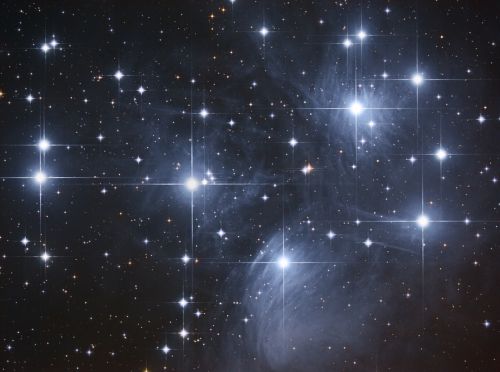A survey in the Economist (16 June 2012) makes it startlingly clear that the Arctic is changing fast – much faster than climate science models predicted. Which is in itself an indication that there is a lot we don’t understand. The Antarctic is a less immediate problem, although on balance that too is slowly warming.
The main points as I understand them are listed below.
- Over the last 60 years the Arctic has been warming at twice the rate of the rest of the world. The average temperature there has increased by 1.5 deg C since 1951, compared to a global average of 0.7 deg C.
- Two billion tonnes of ice from the Greenland glaciers are melting each year – four times the rate of a decade ago. This means huge amounts of fresh water running into the sea and changing the ecosystem, the ocean currents and the local, possibly global, climate. Major Gulf Stream alterations are still thought to be possible but probably over hundreds or thousands of years, which is fortunate since the effects would be enormous.
- The long term threat is sea level rise. If all the Greenland glaciers, i.e. land-bound ice, melted the global sea level would rise by 7.2 m, more than enough to drown most cities in the world but this would take centuries. More imminently, a metre rise could happen in 50 years and this would still cause serious flooding. (NB: the melting of sea ice makes no difference to sea level.)
- Stocks of cod and other edible fish are increasing as the sea temperature rises but some forms (mainly?) of microscopic life are declining. This could be particularly useful as demand for protein grows globally. Hopefully a new balance to suit the higher temperatures will establish it itself.
- Polar bears, and probably much other life, are not in danger since they appear to have survived periods in the remote past when the Arctic was totally free of ice.
- Arctic sea ice is contracting in area relentlessly and much faster than predicted. The minimum extent of ice is always in September and it has decreased from 8 million square km in 1950 to about 5 million last year. It was predicted only to fall to 7 million.
- New energy and mineral resources are now becoming available as the ice retreats. According to the report the likelihood of conflict is minimal since there is more than enough for everyone and none of the nations involved want war.
- Russia, Canada, USA and the Scandinavian countries are planning to exploit these resources and to use the sea routes which are now beginning to open up. These are the North-West Passage (off Canada) and the Northern Sea Route (off Russia).
- There is a danger of runaway global warming driven by methane released from permafrost melting and the accelerating reduction in albedo (% of solar energy reflected back by the surface) as soil rather than ice is exposed to sunlight and as industrial soot darkens the remaining ice.
The Economist report is excellent and well balanced.
As you can see, there may actually be some benefits but given the immense
complexity of the biosphere we must tread carefully. Life is the most
unpredictable ingredient because of its creative nature and we have to remember
that the Earth’s atmosphere of today was generated by life over billions of
years. The original atmosphere was an obnoxious mixture of carbon dioxide,
methane and ammonia. It was evolving living plants and creatures that made it
what it is today – mainly nitrogen and oxygen, totally benign to human beings
when not polluted by us.
See also
Cosmic weather and climate change
Arctic soot and sea-level rise
John
cosmik.jo@gmail.com


